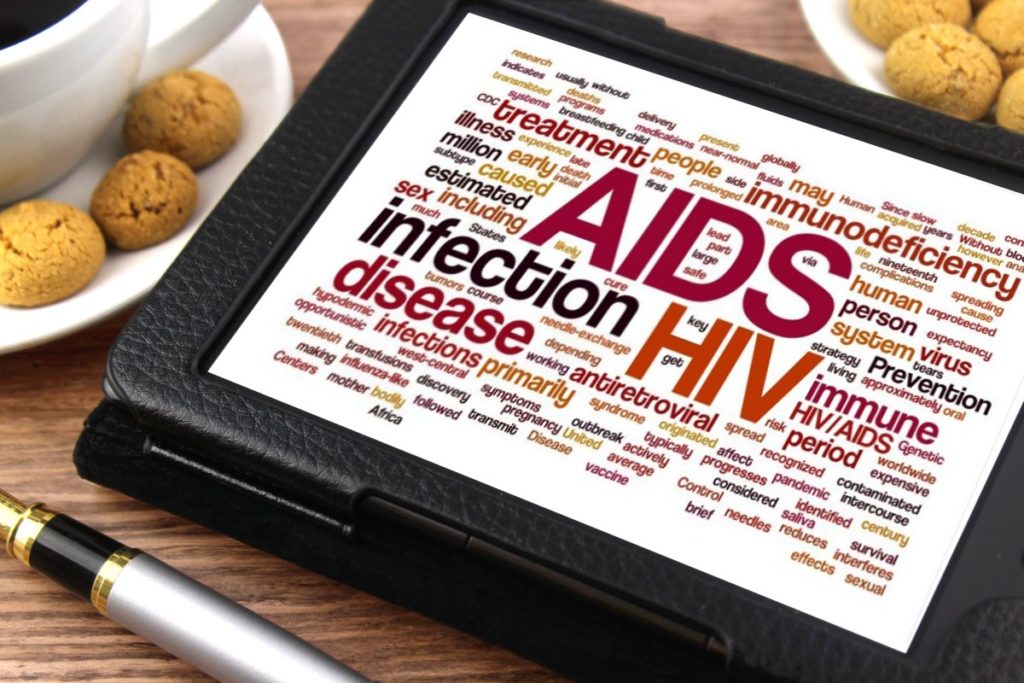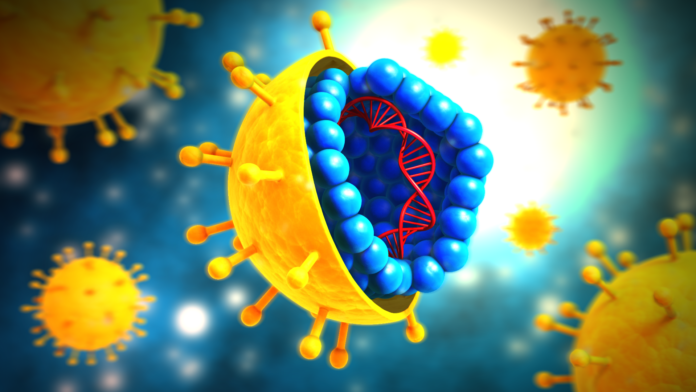Just as the world and India are battling drug resistance of various degrees in tuberculosis one other dreaded virus – one that is at least partly to blame for the resurgence of TB the world over – HIV, is showing signs of resistance to the drug cocktail used to treat it.

In an article in The Lancet Infectious Diseases, English researchers have reported pre-treatment drug resistance to anti retroviral therapy (ART) a standard multidrug treatment for HIV. “Pretreatment HIV drug resistance can be detected in people naive to antiretroviral drugs who are initiating ART or people who are initiating or re-initiating first-line ART who have had previous exposure. Pretreatment drug resistance can be either transmitted or acquired drug resistance, or both. This resistance could have been transmitted at the time of infection (ie, transmitted drug resistance), or it might be acquired after antiretroviral drug exposure: eg, in women exposed to antiretroviral drugs for the prevention of mother-to-child transmission of HIV, people who have received pre-exposure prophylaxis, people re-initiating first-line ART after a period of treatment interruption without documented virological failure, or off-prescription use of ART through sharing within families or friends or black market availability,” the researchers wrote. They included experts from University College London, London School of Tropical Health and Hygiene, World Health Organisation and the University of Washington.
Resistance arises when an organism is partially exposed to the chemical meant to kill it, allowing it to develop immunity to those drugs through a genetic transformation. Once affected that transformation is transmitted to subsequent generations of the organism effectively making that strain resistant to that particular drug for all times to come. The immune-compromised state induced by HIV infection makes people vulnerable to opportunistic infections like TB.
The protocol when to start people living with HIV/AIDS has evolved over the years. Initially it was linked to the level of compromise of the immune system of the body, measured through something called a CD4 count. However last year the World Health Organisation recommended that patients should be started on ART right at the time of detection. In April this year India adopted the “Test and Treat” policy and has since got more than 50,000 additional patients on ART.
The Lancet study analysed data from Africa, Latin America, the Caribbean and Asia but it did not specify whether data from India was a part of the study. The study concluded: “Our findings reinforce the need for routine, robust nationally representative surveillance of pretreatment drug resistance and the need for each country to assess the prevalence of pretreatment drug resistance in people starting ART, irrespective of reported previous exposure to antiretroviral drugs. WHO guidelines provide recommendations on the appropriate public health response…’’


